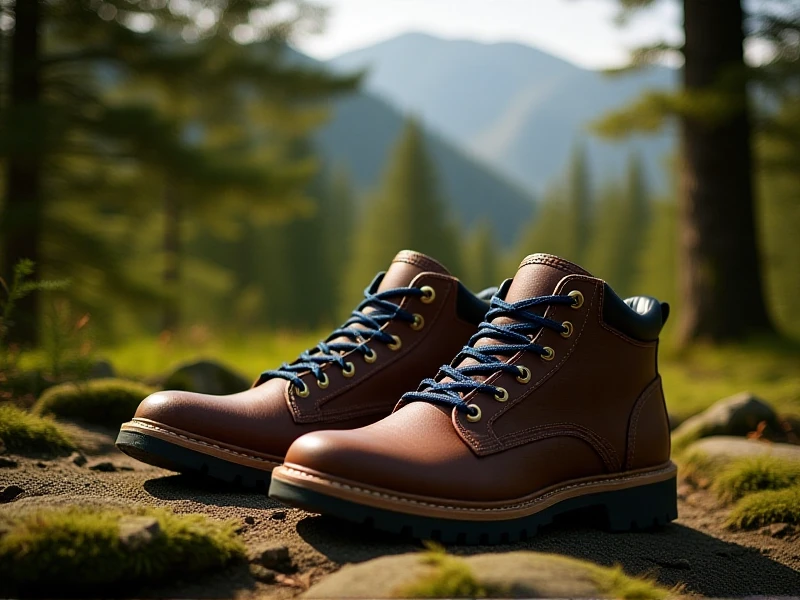
Find Your Footing: How the Right Hitting Shoes Transform Comfort and Safety
For every trail enthusiast, the journey begins with what's on your feet. Choosing the perfect pair of hiking shoes isn't just about style; it's the cornerstone of safety, endurance, and sheer enjoyment on the path. Whether tackling rocky ascents or muddy forest trails, our feet demand gear engineered for the challenge.
Why Specialized Hiking Shoes Matter
Unlike regular sneakers, dedicated hiking shoes protect against unpredictable terrain. Enhanced traction soles, often featuring aggressive multidirectional lugs, grip loose gravel, wet roots, and slick rock like nothing else. This prevents slips, giving you the confidence to push further. More aggressive designs feature Vibram® outsoles for unparalleled durability on harsh surfaces. Equally vital is waterproof technology, typically using membranes like GORE-TEX®, which keeps feet dry through streams and sudden downpours without sacrificing breathability. Ventilation channels ensure comfort during long summer treks.
Arch support and ankle stability are non-negotiable for preventing fatigue. Well-designed hiking shoes offer structured midsoles that absorb impact while supporting natural foot movement. Models with padded collars and heel counters cradle the ankle, reducing strain during uneven descents. Combined with a snug, blister-preventing fit secured by the right lacing system—like speed hooks or quick-pull mechanisms—every step feels controlled. Look for reinforced toe caps too; they shield against accidental rock bumps for protection where it’s needed most.
Finding Your Ideal Trail Companion
When shopping for new hiking partners, prioritize these key factors:
- Fit: Always try shoes later in the day (feet swell!). Bring hiking socks and leave one thumb’s width at the toe.
- Terrain Match: Lightweight trail runners work marvels for packed paths, while rugged mid-boots stabilize weight loads across mountain passes.
- Weather: Mesh-upper options excel in heat; full-grain leather or waterproof fabric shines through wet seasons.
- Foot Type: Flat feet? Seek motion control. High arches? Prioritize flexible cushioning. Ankle weakness demands higher top boots.
Expert Tip: Rotate two pairs for extended trips; it minimizes wear and gives materials time to dry thoroughly.
Neglecting footwear choice risks blisters, twists, exhaustion, or worse. Investing in quality hiking shoes pays dividends mile after scenic mile—keeping your focus on nature’s splendor, not foot pain. Remember, the trail rewards preparedness. Step into boots matching your ambition, and let adventure unfold seamlessly. It’s time to upgrade your stride responsibly!